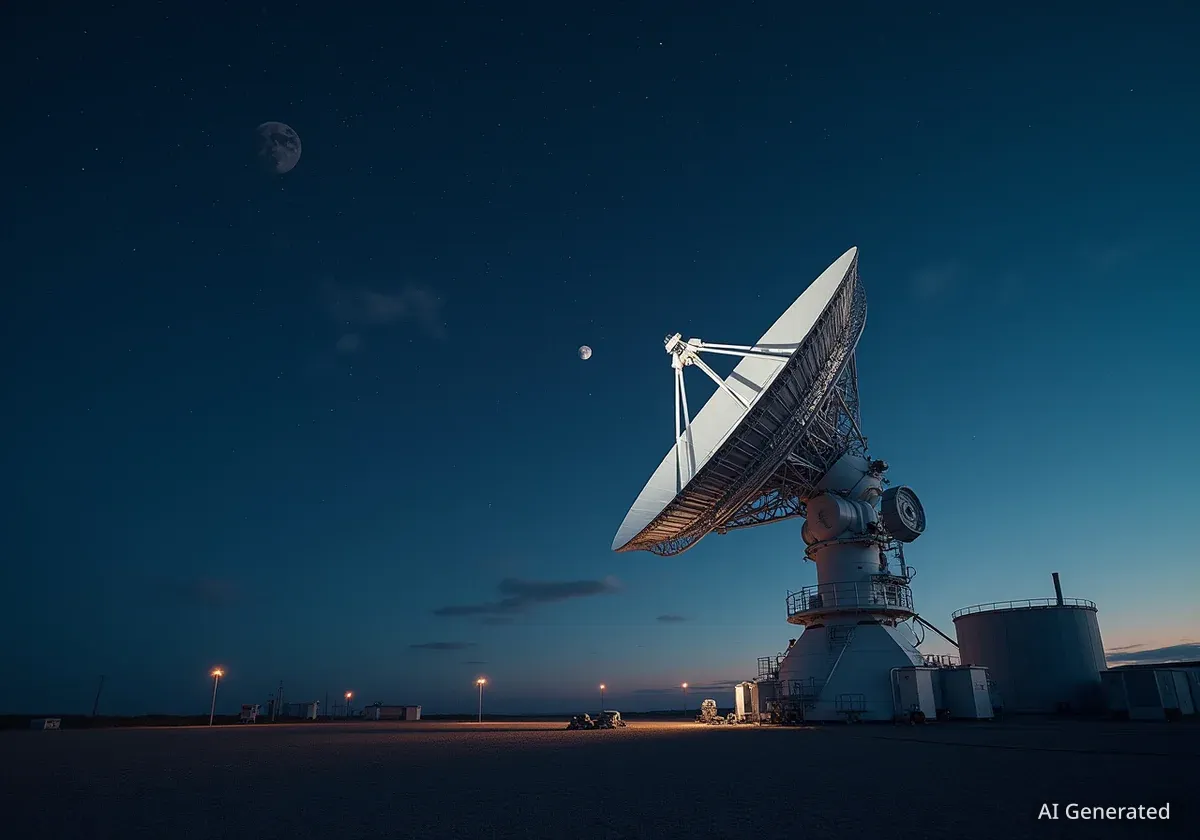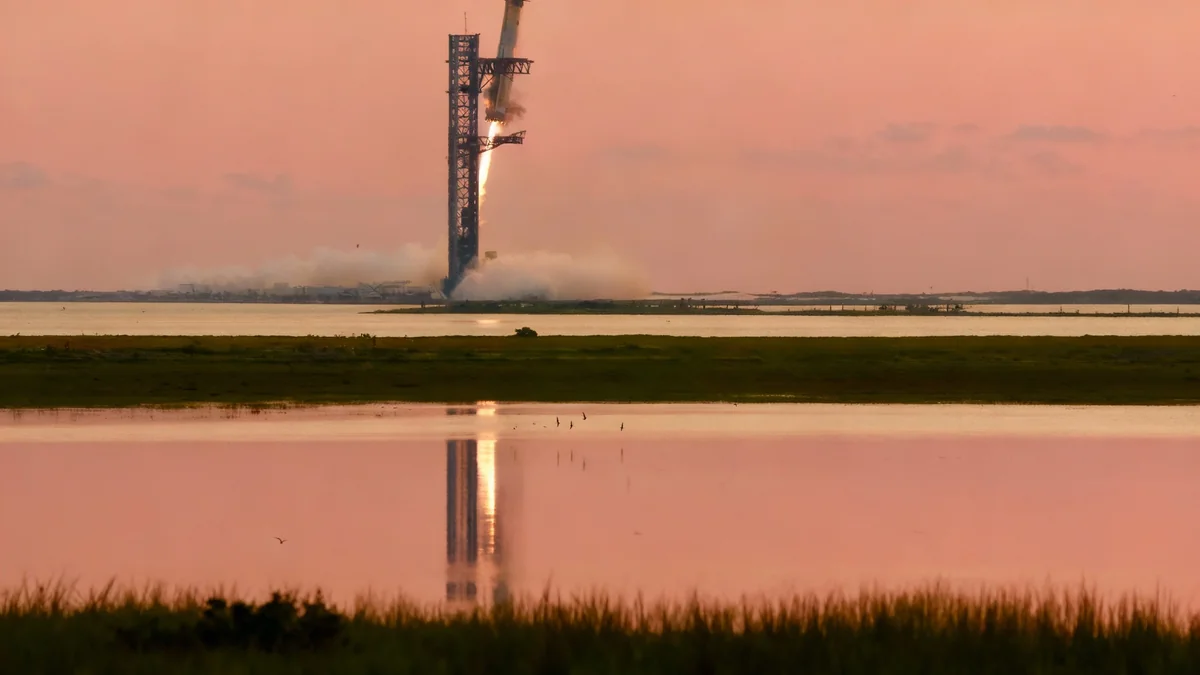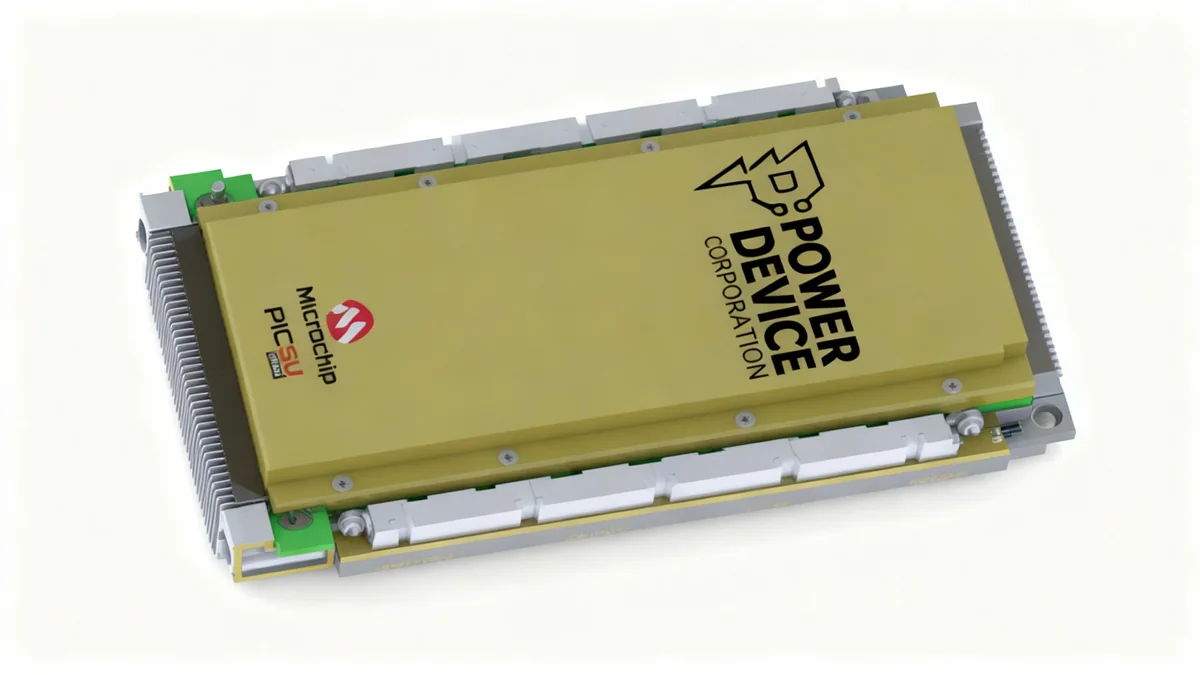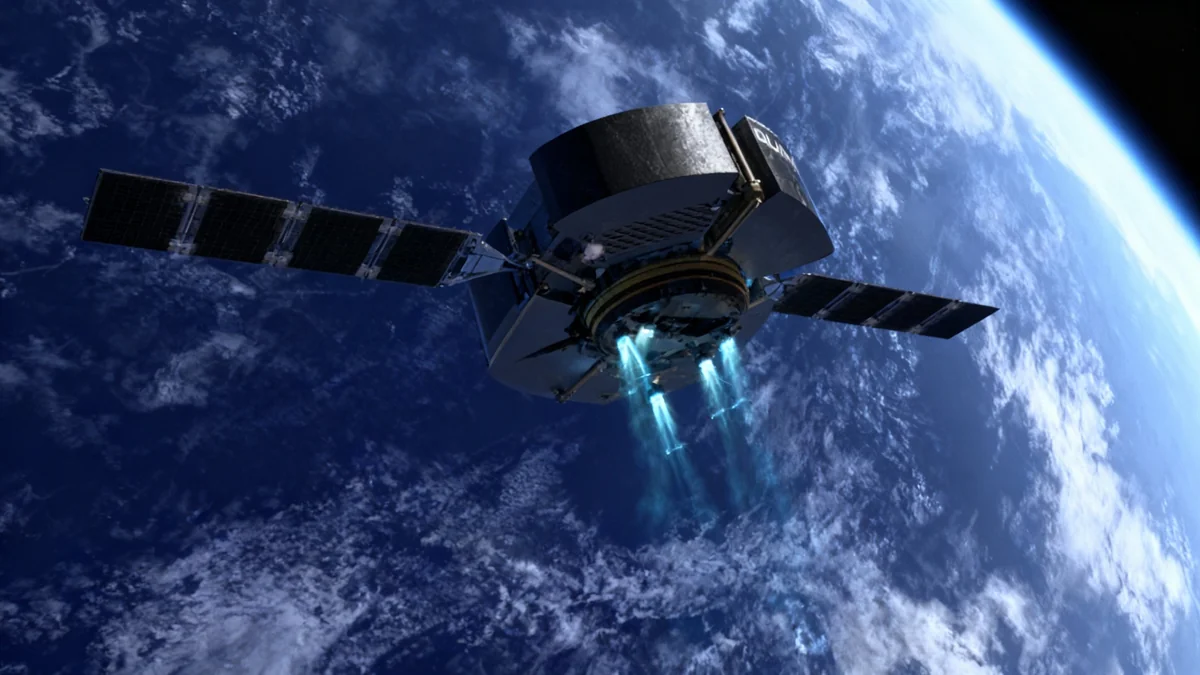Researchers from Rensselaer Polytechnic Institute and Texas A&M University have received a $1 million grant to develop an advanced satellite network for tracking objects in the increasingly busy space between Earth and the Moon. The project aims to address growing safety and security concerns as more nations and private companies plan lunar missions.
The initiative, funded by the Air Force Office of Scientific Research, will create a system of intelligent sensor satellites capable of monitoring spacecraft, satellites, and debris in the vast cislunar region. This area presents unique tracking challenges that current ground-based systems cannot adequately handle.
Key Takeaways
- A $1 million grant has been awarded to develop a new space traffic management system for the cislunar region.
- The project, RCAT-CS, will use a reconfigurable constellation of sensor satellites to track objects between Earth and the Moon.
- The system is designed to overcome the limitations of ground-based sensors, which have blind spots in this complex orbital environment.
- The initiative addresses critical safety and security needs amid a surge in planned commercial and government lunar missions.
Addressing a Growing Orbital Challenge
As the number of missions to the Moon is set to rise, the region of space between Earth and its natural satellite is becoming more congested. This includes commercial landers, government spacecraft, and an increasing amount of orbital debris. Managing this traffic is a significant challenge for space domain awareness.
The cislunar environment is governed by the competing gravitational forces of the Earth and the Moon, creating complex and unpredictable orbital paths. This makes tracking objects particularly difficult, especially over the vast distances involved.
"Right now, we're seeing an explosive growth in cislunar missions, including everything from commercial lunar landers and orbiters to next-generation spacecraft that secure national interests in this contested domain," stated Sandeep Singh, Ph.D., an engineering professor and the lead investigator on the project at Rensselaer Polytechnic Institute (RPI).
Professor Singh highlighted a critical gap in current capabilities. "Our ability to track what's happening out there hasn't kept pace," he explained. "Ground-based sensor systems have blind spots and cannot reliably provide measurements."
An Intelligent, Space-Based Solution
The project, officially named RCAT-CS (Reconfigurable Constellations for Adaptive Tracking in Cislunar Space), proposes a novel solution: a network of satellites in space that can see what ground systems cannot. This constellation will not be static; its satellites will be able to reposition themselves to maintain observation of key objects.
This dynamic capability is crucial for tracking spacecraft that perform maneuvers or behave in unexpected ways. When an object changes its trajectory in cislunar space, current systems can easily lose track of it. The RCAT-CS system is being designed to prevent this from happening.
Project Goals
- Detect Maneuvers: Develop algorithms to identify when a tracked object changes its course.
- Optimize Resources: Balance the fuel costs of the sensor satellites with their tracking performance.
- Quantify Uncertainty: Accurately measure and report the level of certainty in the tracking data.
Researchers will develop complex algorithms that allow the satellite network to make autonomous decisions, ensuring resilient and continuous monitoring of the cislunar domain.
Implications for Safety and the Future Economy
The development of a reliable cislunar tracking system has far-reaching implications. As more entities operate in this region, the risk of collisions and misunderstandings increases. A robust monitoring network is essential for mission planning, collision avoidance, and ensuring the safe coordination of activities.
This research directly supports the safety and security of national and commercial assets in what is becoming a contested domain. By providing a clearer picture of cislunar traffic, the system can help prevent accidents and safeguard valuable spacecraft.
A Legacy of Space Exploration
Rensselaer Polytechnic Institute has a long history of involvement in space exploration. Alumnus George Low was a key figure in the Apollo program, which first landed humans on the Moon. More recently, Commander Reid Wiseman, another RPI graduate, is slated to lead the upcoming Artemis II mission, which will be the first crewed flight to orbit the Moon in over 50 years.
Shekhar Garde, Dean of RPI's School of Engineering, emphasized the project's importance. “RPI has always been at the frontier of space exploration," he said. He noted that Professor Singh's work will not only advance research but also directly benefit students in the university's recently launched Aerospace Engineering undergraduate program by bringing cutting-edge research into the classroom.
Beyond immediate security concerns, the project is a foundational step toward building a sustainable cislunar economy. Reliable traffic management is a prerequisite for future commercial activities, such as lunar mining, tourism, and scientific outposts.
The project will also serve as a vital training ground, preparing the next generation of engineers and scientists with the skills needed to lead in an era of expanding space operations.





